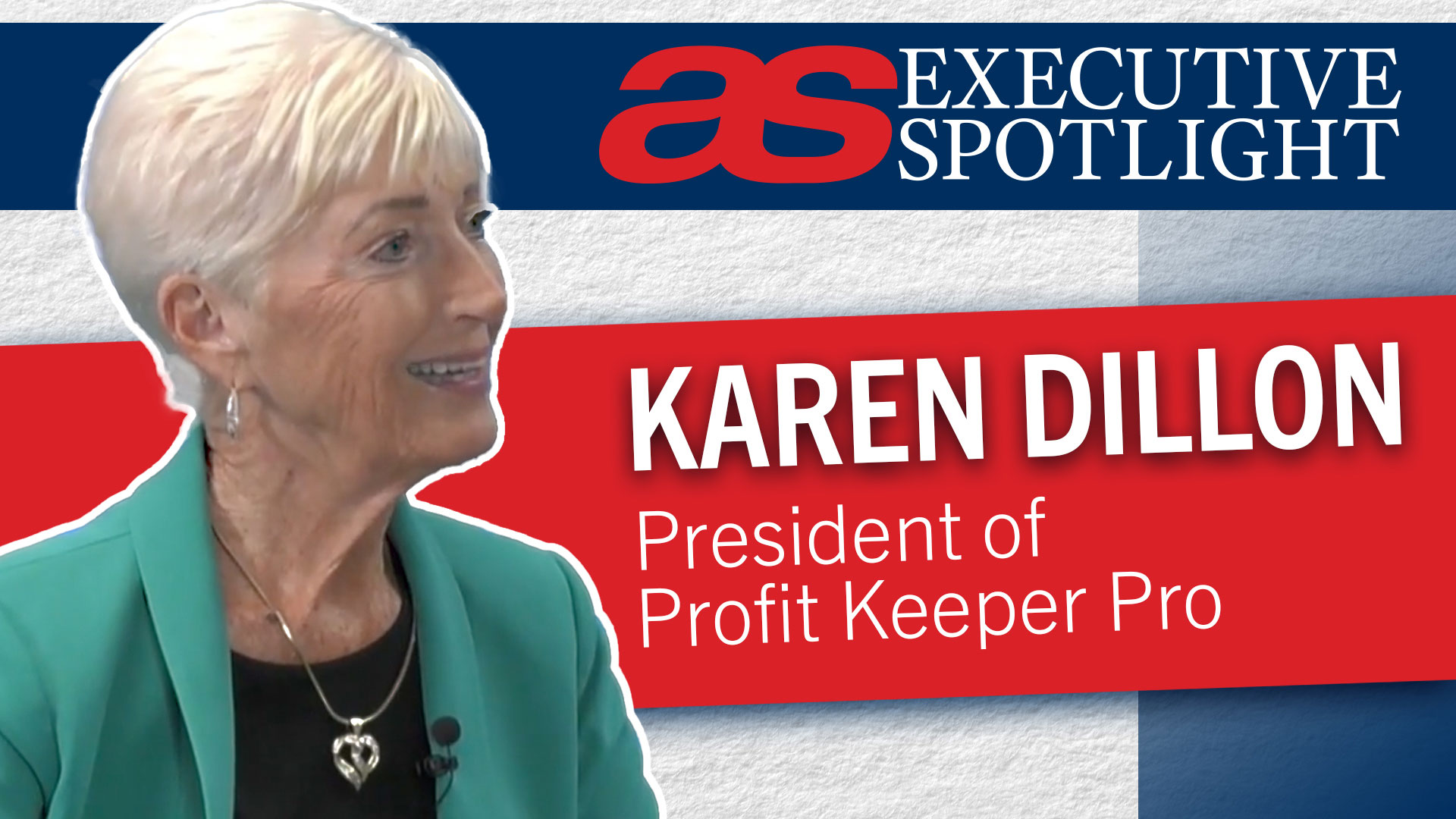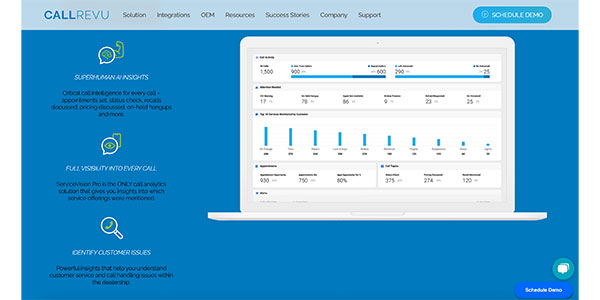The service department is the beating heart of every auto dealership. Improved reliability and more flexible finance periods mean people are keeping their cars longer, and the average age of a vehicle on the road in the U.S. rose to about 12 years in 2019. It’s no surprise that parts and services now account for more than 49% of a dealership’s gross profits.
Some auto dealers might be worried by this, but those who transform long-term vehicle retention from an obstacle into a springboard will reap the rewards of customer pay repair orders. More than 310 million repair orders were written across the industry in 2018, accounting for sales worth more than $116 billion. Targeted service marketing that uses solutions powered by marketing technology, or martech, is crucial to winning a share of that business.
Staying Engaged Throughout the Ownership Journey
To keep customers coming back for services and repairs, you need to plant the seeds of a long-term relationship while customers are still at your dealership. A personal introduction to a service manager or representative at the point of sale influenced 53% of consumer decisions regarding where to get their cars repaired. What’s more, these customers were 2.3 times more likely to go back to the dealership where they bought the vehicle for services.
To encourage this kind of loyalty, dealers must target common points of defection with relevant content. For example, many consumers turn to the automotive aftermarket for services when their manufacturer-paid warranties have ended. They typically believe this will save them money (although we know that’s not true). Staying in contact with these people by sending service offers and incentives is a great way to maintain those relationships and decrease defection.
Above all, modern consumers value convenience. Technology-enabled services and martech tactics will help dealers adapt to changing consumer habits and demands. Additionally, martech allows you to streamline your communication with customers, showing them the same message across all marketing channels. This will give your dealership top-of-mind awareness when it’s time for service.
Using Martech Solutions to Increase Service Loyalty
Martech software is a great — and relatively easy — way to create targeted service marketing campaigns. Here are six ways you can use martech to ensure your dealership is first on the list when it’s time for a repair:
1. Invest in paid search.
Paid search is often overlooked and underused by service departments, but customers are constantly searching for keywords related to parts and services. About a quarter of all automotive searches online are related to parts and services, and dealerships need to be high on the first page of search results if they want to reach those consumers.
2. Adopt a customer lifecycle marketing platform.
A lifecycle marketing program is the foundation of any customer engagement strategy. Successful dealers use them to reinforce purchase decisions and nurture ongoing relationships. Many of these programs are a little generic,and in-house programs are too expensive for most dealerships. As a result, you’ll want to look for options that offer controlled customization to showcase your dealership’s personality.
3. Introduce an online service scheduler.
Customers can buy anything they want 24/7 online, and they want the same flexibility when they need to schedule car repairs. Make your customers’ lives easier by setting up an online scheduler that can book and confirm service appointments instantly.
4. Make phone calls.
Successful dealers know they have to communicate with their customers across every possible channel — and that includes the telephone. These calls can come from an outsourced BDC, an in-house list builder or call center, or a ringless voicemail product. Don’t underestimate the value of a phone call when it comes to bringing customers in for service.
5. Target known audiences across platforms.
Digital advertising of the past via “online billboards” might have yielded millions of impressions, but it never produced the right ROI. Instead, modern digital and social advertising can be specifically — and cost-efficiently — targeted to consumers. Use known-audience segmentation in display, social and paid search to serve targeted ads to specific subsets of your customer base.
6. Retarget display ads.
Most consumers like to shop around before making service decisions, so it’s a good idea to stay top of mind with retargeted online display ads. These ads can bring customers back to your website to schedule a service or view service specials. You can even offer click-to-call advertisements, which allow customers to schedule their next auto service directly from the ad.
A great martech platform will combine all of these channels, making things easier for dealerships and consumers alike. The platform is your one-stop shop for all campaigns, data and metrics. What’s more, it will bring full transparency to your marketing performance and free you from any anxiety about cherry-picking what to show clients.
Wi-Fi and free coffee are no longer enough to differentiate a dealership’s service department from the aftermarket. Instead, dealers must deliver seamless customer experiences across all marketing channels if they want to secure service and repair orders. To remain competitive, they need customizable martech to communicate their unique value adds to customers.














